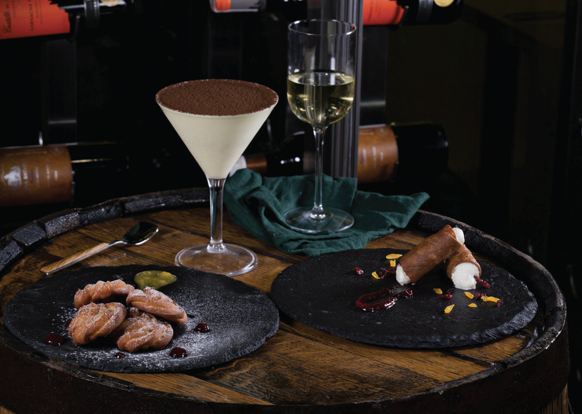A look into the 5th Philippine Flow Fest and the community of kindred spirits it breeds
From my place in the crowd, feet tucked under thighs, I watched a man be one with fire. He seemed wary and unsure in the beginning, then the music soared and the transformation was done. His arms grew indistinguishable from the flame-crowned chains that he twirled and spun. They blazed orange against the night as he moved with fluid elegance, leaving luminous traces that linger even after I blinked. His focus was infectious, hypnotizing even. A flow artist through and through.
A month ago, the term “flow arts” wouldn’t have meant anything to me, but being in the middle of a three-day confluence of its enthusiasts has changed that. Over one weekend in early April, I was amongst the people from all over the globe who gathered for the 5th Philippine Flow Fest (PFF).
Eclectic workshops
Held on a beachside plat in San Felipe, Zambales, PFF was a showcase of the “intersection of a variety of movement-based disciplines including dance, juggling, fire-spinning, and object manipulation.” But PFF was more a summer camp than a festival. During the day, artists took on the role of instructors.
They conducted workshops and skill-sharing activities. These workshops were neither mandatory nor formal. They were eclectic too. Along with the flow arts disciplines were sessions on yoga, beatboxing, and shibori – a Japanese tie-dye technique.
Done under a talisay canopy or amid the shelter of agoho trees, the classes were as unorthodox as it gets. Some participants even opted to just grab one of the many props lying around and practice on their own. I couldn’t go far without bumping into an aspiring juggler or an emerging hooper. Add to this the pervasive thump, thump, thump of indigenous percussions and the entire affair begins to feel a little bit surreal.
Flow state
Then, there were the sunset jams. Come dusk, attendees flocked to the beach to form a circle. Over the sound of dabakan drums, they took turns showing off what they learned that day. Mostly, they “spun” fire. It didn’t take long for the briny breeze to carry with it the heady scent of kerosene; the warm golden sunlight replaced by blazing trails of orange.
At night, came the performances. A proper show. Around a makeshift stage, the sandy floor as the seats, a crowd assembled. One by one, the artists dazzled and mesmerized. And here, I came to understand the meaning of “flow.”



One with fire. Or with whatever object the artist chose to wield. Even by being on the sidelines, the transportation that was occurring was very apparent to me. There was a trip to some plane where the artist and the implement were one and the same. A classic case of getting-lost-only-to-be-found. A beautiful thing to witness.
I don’t know why I came to PFF thinking fire-spinning and juggling were lowly forms of entertainment. Perhaps the gamut of gaudy variety TV shows are to blame. In the Philippines, these performances are often treated as cheap attractions. No thought beyond laughter or awed gasps is given to the immense focus and discipline required for the acts. But over the course of the three days, it became clear to me why those who practice the flow arts liken it to therapy. Indeed, it required an elevated form of thinking, great control of limbs and impulses. Like yoga. The benefits are certainly comparable; both body and mind are improved.
Kindred spirits
The community resulting from the practice of flow arts could be the best proof of its benefits. Being “in tune” is the main theme, it appeared, not just with one’s self but with others. All throughout the PFF, a bond that extends beyond mere familiarity was palpable. There was a feeling of being among friends and family. It was a culture anchored on trust, so strong that a misplaced iPhone gets returned to its owner in a matter of seconds. Great reverence was also afforded to the great outdoors. It was their stage after all.
Although I remained an onlooker from start to end, there were several moments I felt connected to the flow. There was the performance of Filipino hooper Daniel “Astroboy” Darwin, the dancing to the dabakan music of the Adinkra Lumads Djembe Community, and, of course, the performance of world-renowned poi artist Yuta – the man who became one with fire.
After the PFF, flow arts, to me, have come to mean traces of blazing orange, lingering even after a blink. It’s the ubiquitous sound of percussion during a golden summer day and the smoke-tinged scent of the ocean. It’s the focus, the oneness, that’s enough to transport and transform, alive and contagious in its power.
For more information about the Philippine Flow Fest, visit www.philippineflowfest.com, or find them on Facebook @planetzips.
By CELINE REYES
Photos By DENNIS MURILLO
Into the State of Flow
Published on April 12, 2017
This post was last updated on March 26th, 2020 at 02:54 pm









